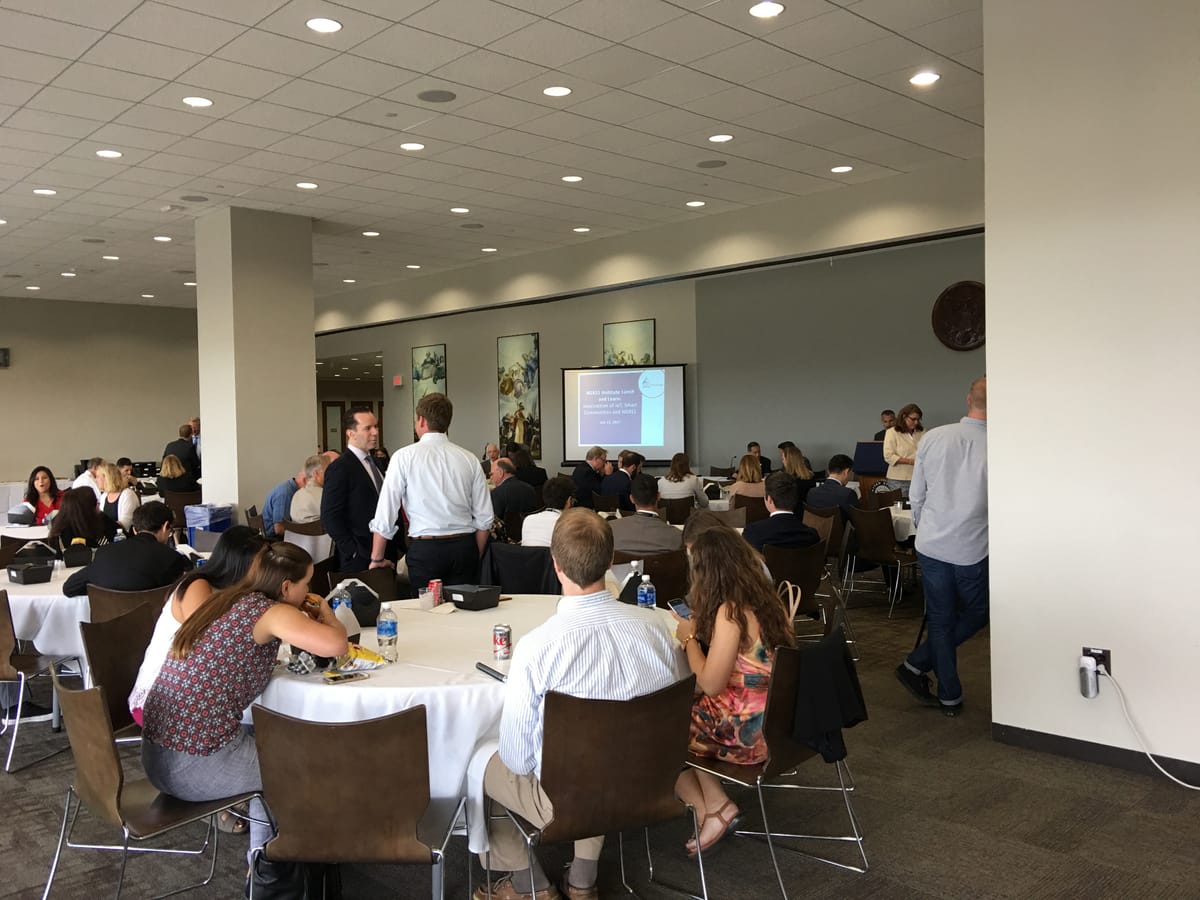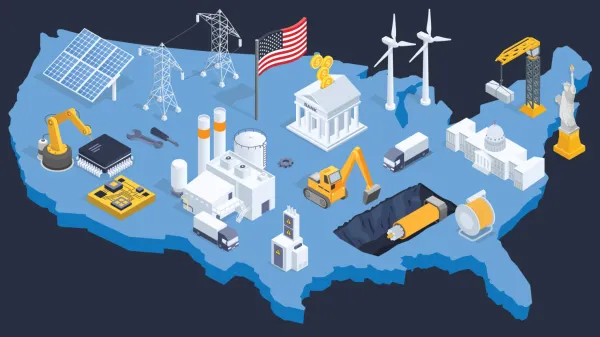Technologies Behind 911 Have Advanced for Broadband Era, But Not Far and Fast Enough
WASHINGTON, July 24, 2017 – Even though People are now streaming emergencies on Facebook, but there is not yet a way to stream videos to 911, said Patrick Halley, executive director of the NG911 Institute, on Capitol Hill on July 17. The NG911 Institute is a nonprofit organization that promotes adva

WASHINGTON, July 24, 2017 – Even though People are now streaming emergencies on Facebook, but there is not yet a way to stream videos to 911, said Patrick Halley, executive director of the NG911 Institute, on Capitol Hill on July 17.
The NG911 Institute is a nonprofit organization that promotes advanced 911 services. The event was focused on “Internet of things” devices into the emergency calling environment.
Halley gave a brief history of 911 service. The first 911 call was in 1968 in Alabama on a landline telephone, and 911 calls later included a callback number and an address, he said.
Halley said in the late 1990s and early 2000s, 911 service was updated to handle wireless 911 calls with an estimated location, and in the mid-2000s, the service was updated to handle voice-over-internet-protocol 911 calls. Now texts can be delivered via 911.
Even though all that progress has been made, Halley said the 911 service is still very limited because most of the systems still require a voice, and the technology hasn’t kept up because videos can’t be streamed to 911.
There is an increasing amount of data sources with machines now, and technologists are trying to figure out how to harness that data for emergencies, he said.
Connected cars are producing information about crashes, and connected homes are collecting information from censors, he said. He also added that data for people’s health can even be monitored from their smartwatches.
Karima Holmes, director of the D.C. Office of Unified Communications, also said 911 has not kept up with technology, and the key problem is that 911 is still getting information by voice.
When calling 911, she said, people may not have the answers and may not remember even basic details, such as what a child was wearing.
She said data is faster than just someone’s voice, and sometimes people don’t even have the ability to speak.
“If you can’t talk, you really don’t have any information other than your telephone number and sometimes your address,” Holmes said.
Bill Mertka, senior product manager and product consultant for Motorola Solutions Inc., said this problem is about taking technologies already operative in some areas, such as broadband and censors, and using them to predict what will happen.
Phones now have 20 to 30 sensors that are barely used, Mertka said. He also said most of the 911 system in place has been used for almost 50 years, and it is now time to embrace change.
Rep. Susan Brooks, R-Indiana, addressed AT&T’s launch of its 5G network in Indianapolis last week. Putting small cell towers into use for 5G deployment into communities where they had not previously been located was controversial, she said.
Brooks said one out of six citizens in Indiana live in areas without broadband access, and she experienced it when disconnecting from a call with her mother-in-law three times in the hills of her district.
Policy makers need to make sure that they don’t create rigid rules that stifle innovation, she said. She added that Indiana is one of only eight states that allows wireless calls anywhere in the state to connect to 911.
(Photo of the NG911 Institute event on July 17, 2017, by Casey Ryan.)








